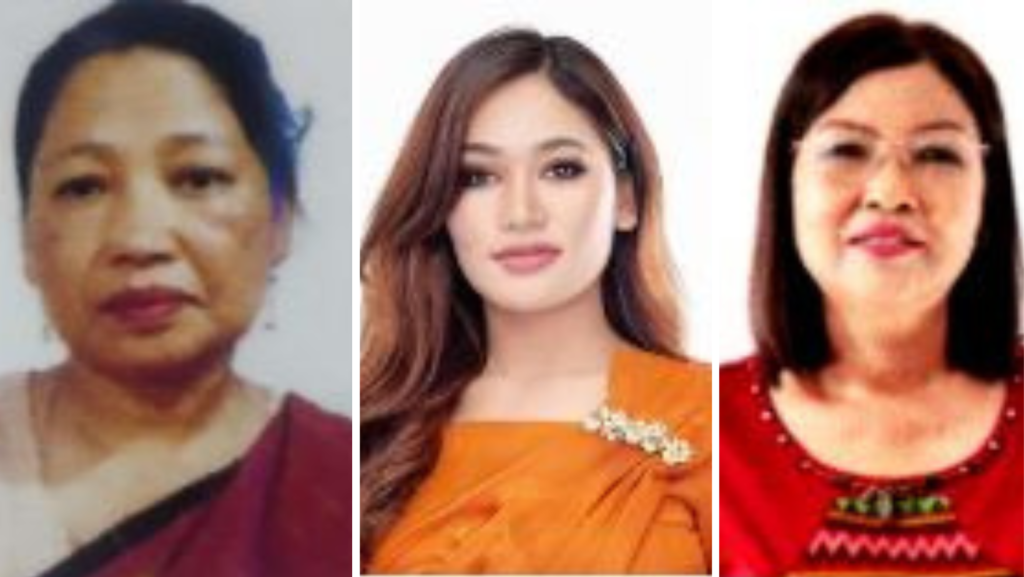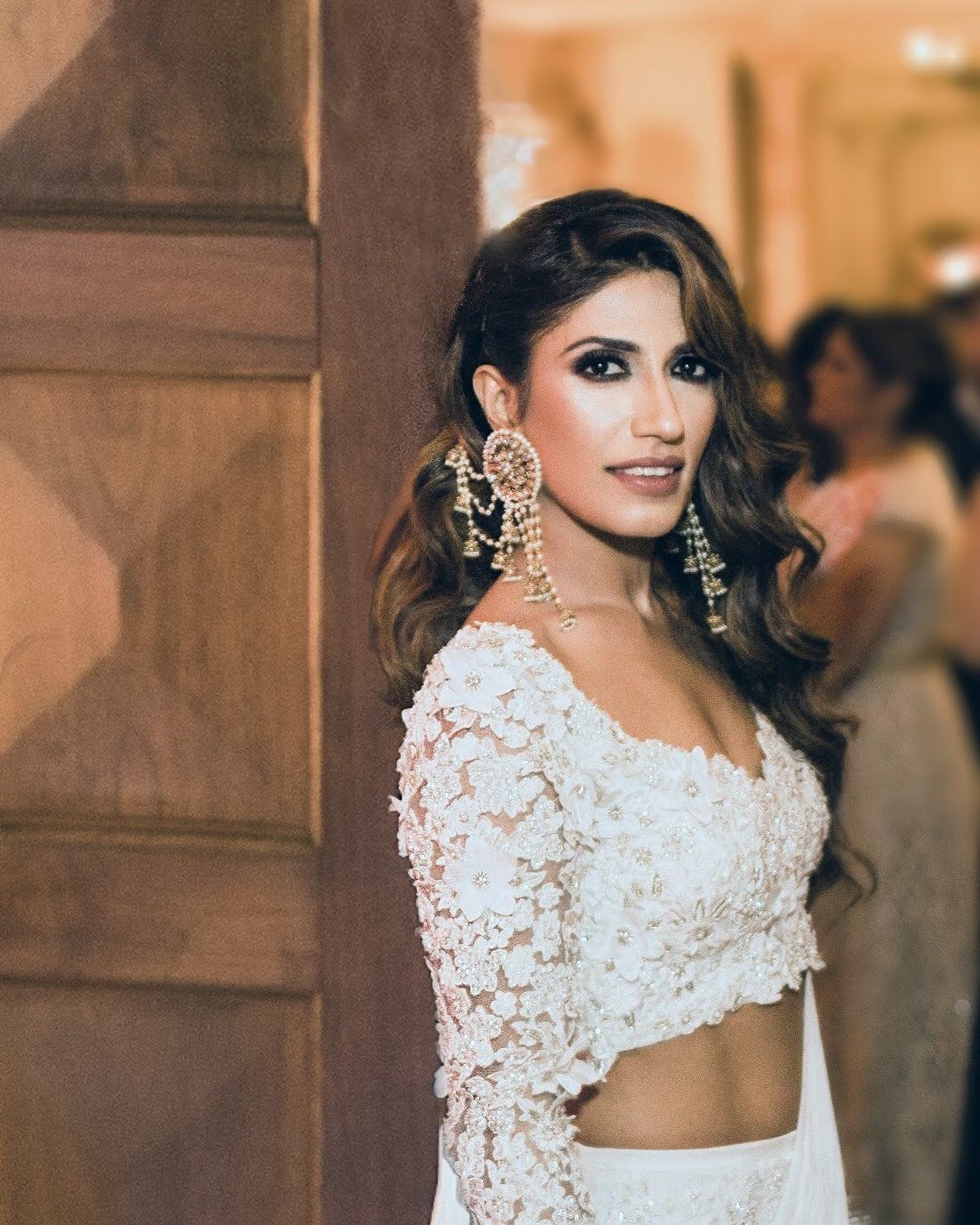On Monday, December 4, Mizoram wrote history when three female candidates were elected to the 40-member Assembly at once for the first time.
Zoram People’s Movement (ZPM) candidate Lalrinpuii became victorious from the Lunglei East constituency, while Baryl Vanneihsangi, a television presenter and comrade of the party, was elected from the Aizawl South-3 seat.
From the West Tuipui seat, Pravo Chakma of the Mizo National Front (MNF) emerged victorious.
Baryl Vanneihsangi triumphed over her MNF opponent, while Lalrinpuii and Chakma defeated their male congressional candidates.
Due to the patriarchal ethos that has historically controlled Mizoram’s Christian-dominated society (87%), few female candidates were nominated by Mizoram’s major political parties for the Lok Sabha and assembly elections.

While a total of 209 candidates, including 18 women, ran in the most recent Assembly elections in 2018, 174 candidates, including 16 women, faced off in the polls on November 7.
There were 136 candidates running in the 2013 assembly elections, six of them were female.
The surveys from 2013 and 2018 showed that none of the female contenders had won.
In 1972, Mizoram was granted Union Territory status and elected a 30-person legislature. L. Thanmawii, a member of the People’s Conference (PC) and a former chief minister Brig. T. Sailo (retd), was elected as the first woman from the Serchhip constituency in 1978.
The second woman elected to the Assembly was K. Thansiami of the same party in 1984. Lalhlimpuli of the MNF became the first woman minister in the administration led by the militant leader-turned-politician Laldenga in 1987.
Before the late part of 1988 saw the overthrow of the administration, Lalhlimpuii served as a minister for 19 months.
Vanlalawmpuii Chawngthu won the Hrangturzo Assembly seat in a by-election in 2014, and in 2017, she was appointed as a minister of state in the Congress administration, which was led by Chief Minister Lal Thanhawla, who had led the Mizoram government for more than 22 years in a variety of capacities.
Compared to male voters, 1.21 percent more women cast ballots in the election on November 7. In the hilly state, 81.25 percent of female voters and 80.04 percent of male voters cast ballots.
Men are consistently outnumbered by women on Mizoram’s election lists. In Mizoram, women make up more than 51.22 percent of the 8,57,063 electorate according to the most recent voters’ list. The electoral rolls, which were released on October 4 following a several-month special summary revision of the voters’ list with reference to October 1 as the qualifying date for inclusion of names, showed that 4,39,026 women voted overall, outnumbering 4,13,062 men.
Only the Mamit district, home to a minority community, has more male voters (32,723) than female voters (32,064) out of all eleven districts in Mizoram.














